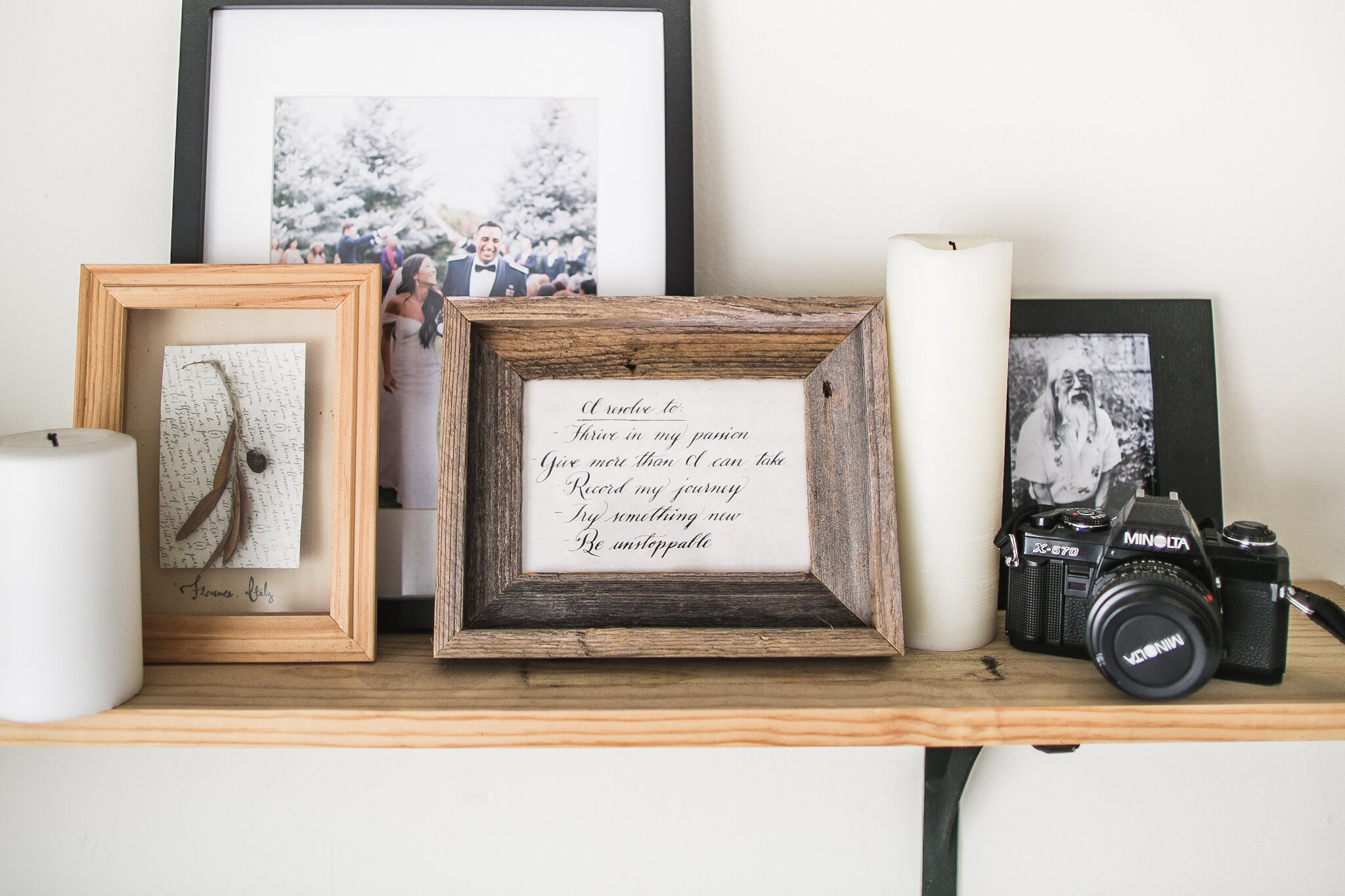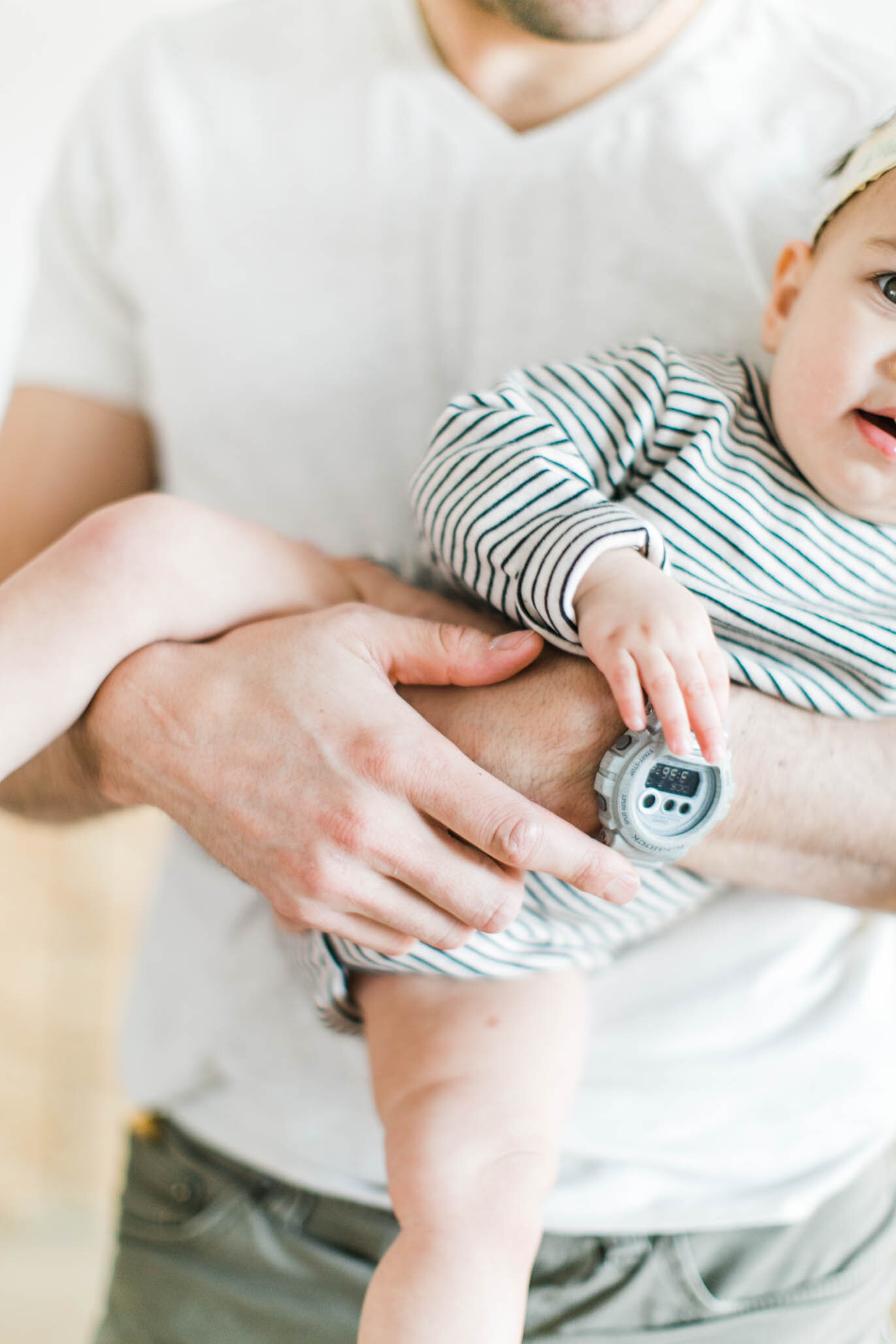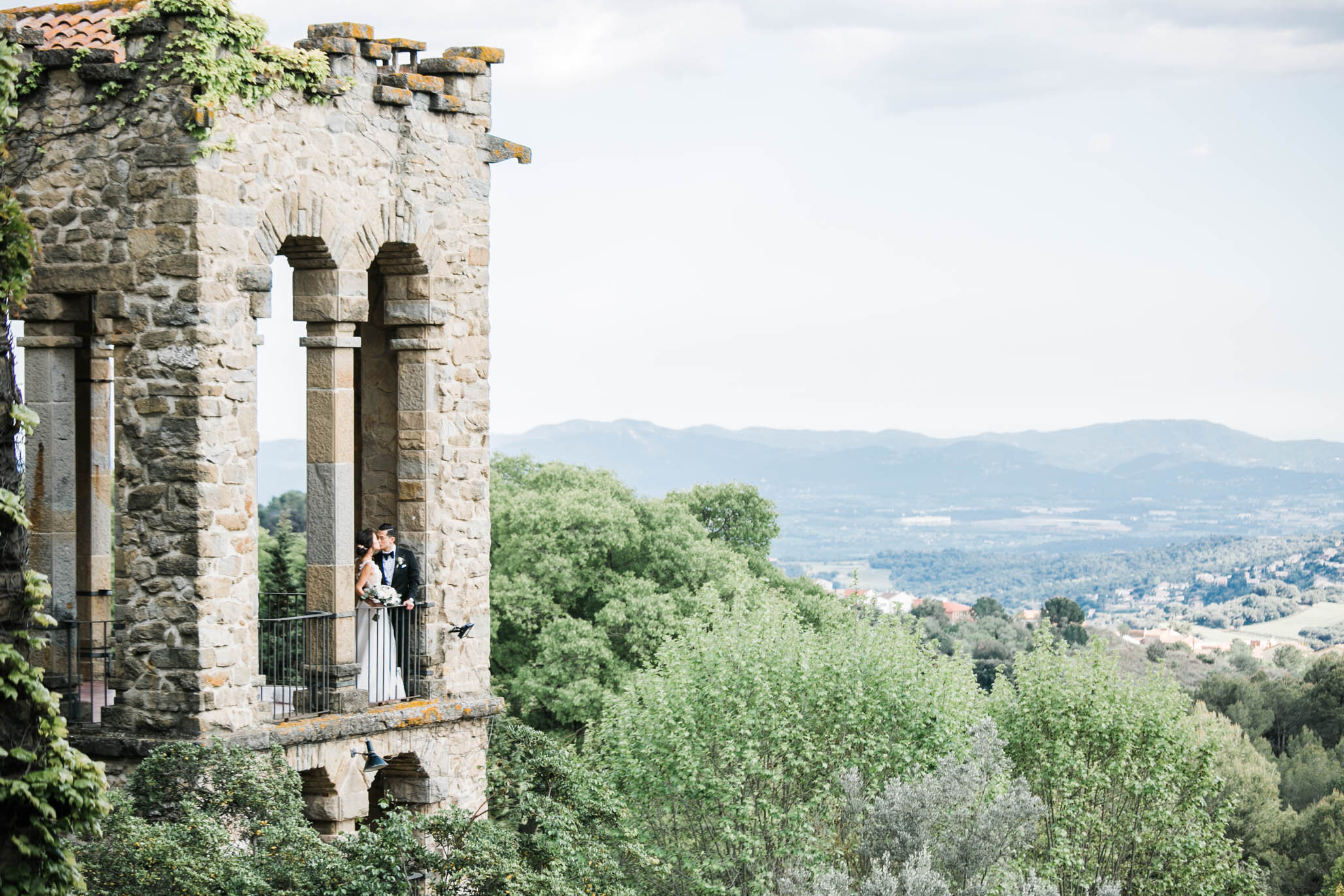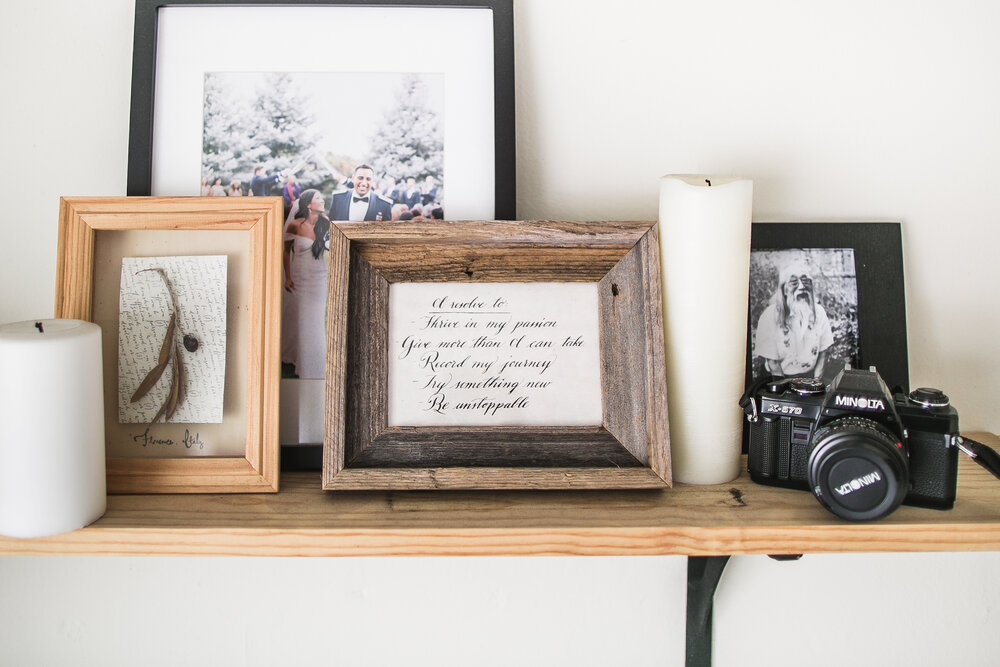October 23, 2019

There’s so much power to picking up your camera when you do–saying ‘yes’ to creativity and exploring ways to be a better artist. Whether you’re just dipping your toes into the art of photography or you’ve been in the business for years, there are multitudes of elements of the craft that require special attention, practice and patience. As a self-taught photographer, I never had any type of formal education in photography. Instead, what I wanted to learn, what I felt I needed to learn, and how I wanted to learn was entirely up to me. It was up to me on whether I wanted to pick up my camera to master the trade so that I could translate my visual and emotional perspective of life into a single frame. I made plenty of mistakes, oopsies, and what-was-I-thinking’s along the way. It’s been quite the journey but with resilience, patience, and passion, I can now look back and appreciate the lessons learned. Today, I want to share with you my personal experience on the top mistakes I made as a beginner photographer.

Lighting: This is one of the toughest elements of photography, in my opinion, and something you’ll learn with time and experience. Take the time to learn the science behind lighting–ambient/natural lighting (which is the base amount of lighting you have in a room/outdoors, and artificial lighting (quick flash, constant, flash, bulbs, etc). See how the lighting reflects on your subjects and how this is captured on camera. Some beginners think photographing in the middle of the day when the sun is at its highest and brightest will render the best lighting. But what this does is it creates harsh shadows on your subjects. While some photographers prefer and intentionally shoot this way, it’s not fun when this isn’t what you’re imagining or preparing for in your shots. The best way to learn is by photographing your subjects during different parts of the day to understand how lighting helps or doesn’t help the image you’re aiming for.


Camera settings: I’ve had a lot of beginner photographer friends reach out for help on how to learn photography and one of the most common issues I get is , “I have this vision in my head but I can never transfer it to camera.” And what I discover a lot of the time is that they too often rely on Automatic-mode versus manual mode. The beauty of having a DSLR (manual settings) versus a point-and-shoot (or automatic settings) is that you’re not limited by the camera’s auto-functions–you have the freedom, you are in control to create a photo that represents your style and the way you see your world. Auto-settings make it easy but you’re essentially relying on your training wheels, know what I mean? Which, let me be clear, there is nothing wrong with that if you find comfort there. But if you really want to be in control of your camera and the images the best way is to understand the ins and outs of manual mode and the exposure elements associated with it.

Not Moving: Whenever I think about this one I want to face palm myself…every time. When I first started photography, I’m not sure if it was my timidness or the uncertainty of myself but I never really moved myself/my camera around a subject. I would keep my feet planted and zoom in, zoom out, “Okay, thanks guys, done!” But what I did here and a lot of photographers did here by not moving around is limiting the angles and perspectives of the story in the frame. You not only get to play with different angles, dimensions and perspectives but you also get to play with the lighting as you 360’ the subject.

Speaking up: This one mostly applies to portrait photographers. The pressure of capturing someones portrait can be SO incredibly intimidating in the beginning. Your hands are shaky, eyes blurry, and body unbalanced. And instead of interacting with your subject, you decide to not make a peep and just click, click, click, done. Yes, I’ve done this before. But holy cow…this is so limiting not just for your subject but for your images. Letting your subject know what looks good, what doesn’t, giving direction so you get the most optimal images will render you better images. I promise. So speak up and guide if it can help you in the moment.

Depth of field: In the beginning of my photography career…I thought, “depth of what?” or “background blur is good! More more more!” Trust me, I can guarantee every photographer has gone through this phase. Lower depth of field or the blurry background look is great when you know how to use it but try to understand every situation you’re in and the overall story of the image you’re trying to portray. For example, if you’re photographing a couple in their hometown, you don’t want to blur the background to the point where it is unidentifiable. You want to include details that are a part of their story—where they fell in love, how they fell in love, and when they fell in love.

Comments